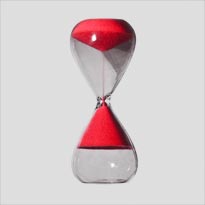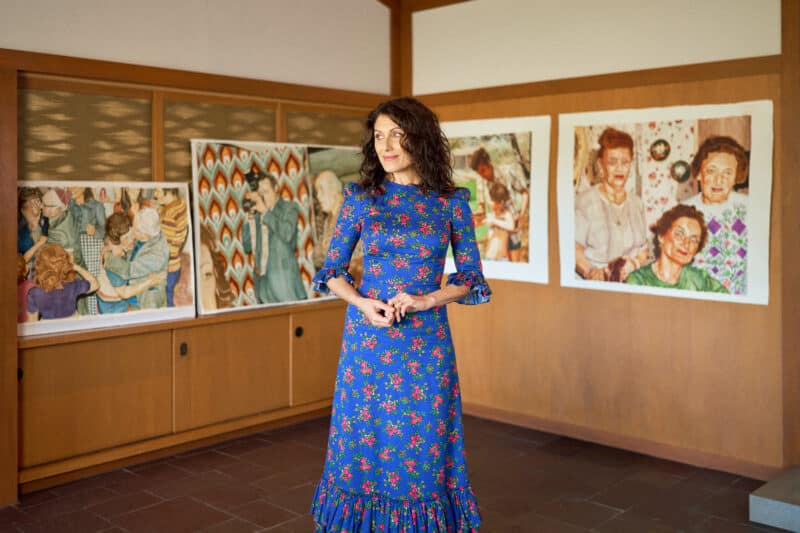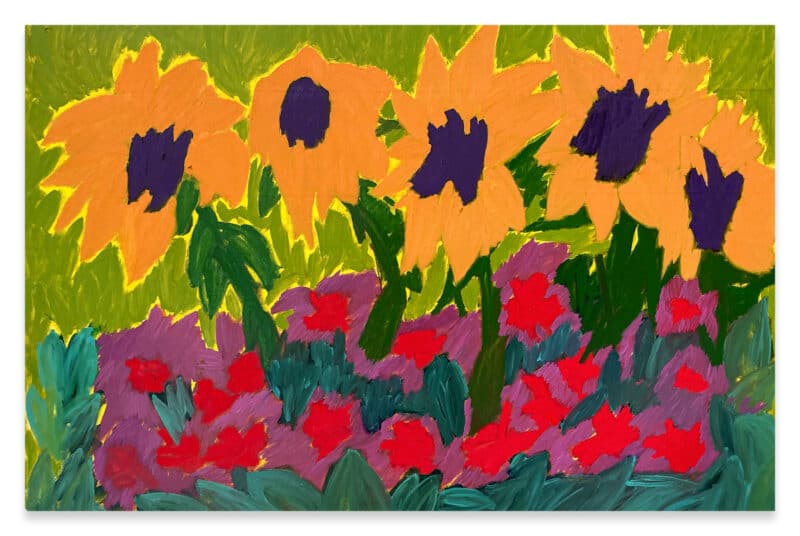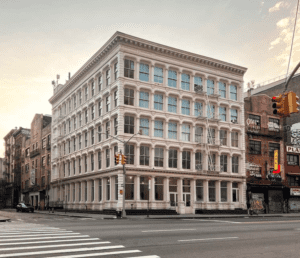
Julieta Aranda, Partially untitled (tell me if I am wrong), 2009 (detail).
This spring, the Solomon R. Guggenheim Museum will launch Intervals, a new contemporary art series designed to reflect the spirit of today’s most innovative practices. Fast-paced and modest in scale, this experimental series, initiated by Chief Curator Nancy Spector, will allow the museum to respond quickly to innovations and new developments in contemporary art as they arise. Conceived to take place in the interstices of the museum’s exhibition spaces or beyond the physical confines of the building, the program will invite a diverse range of artists to create new work for a succession of solo presentations.
Intervals is inaugurated with a multipart installation by Julieta Aranda (b. 1975, Mexico City) that activates the triangular staircase of Frank Lloyd Wright’s iconic rotunda. Aranda’s multimedia, project-based work has frequently focused on the dissemination of information and the agency of the individual in contemporary society. In collaborative ventures with Anton Vidokle, such as an itinerant, freely available archive of videos (e-flux Video Rental, 2004– ) and an operative store where artists could hock their works (Pawnshop, 2007), she has reinvented existing systems of commerce and circulation as part of an ongoing project to, in her own words, “generate viable propositions for alternative transactions of cultural capital.”
For Intervals, Aranda has created several conceptually related works that challenge the idea of time as an objectively determined linear progression marked by clocks, calendars, and other devices. The attempt to dismantle these universal conventions in favor of a more individualistic understanding of time relates to an earlier body of work, You Had No 9th of May! (2006– ), in which Aranda explores the 1995 decision of the Pacific Ocean nation of Kiribati to reroute a section of the International Date Line that divided its islands between two different days. For the artist, this defiance of established norms represents a remarkable assertion of sovereignty over the apparently empirical and unalterable construction of time.
Aranda’s multipart installation for the Guggenheim extends the notion of a malleable temporality. In an interstitial space near the museum’s staircase, a peephole reveals the image of an hourglass, a traditional symbol of human mortality. Seen through the refracting optical device of a camera obscura, the grains of sand appear to flow upward in a startling reversal of time’s passage. Nearby, patches of paint on the walls recall the method of covering up street graffiti, whereby anonymous tags are rendered indecipherable yet retain a ghostly presence in the urban landscape. Here Aranda has transcribed a series of statements about time drawn from a range of sources that span over 2,000 years, using a phosphorescent paint that becomes visible only when the space is darkened, allowing the erased language to be momentarily recovered.
One floor above, Aranda has installed an oversized clock in which the daily cycle is divided into 10 elongated hours. This system references “decimal time”: a short-lived initiative introduced during the rationalizing fervor of the French Revolution that divided the day into 10 hours, each hour containing 100 minutes of 100 seconds each. The clock pays homage to this act of temporal iconoclasm, but the movement of the second hand has an entirely subjective source: its speed corresponds to the fluctuating rate of the artist’s own heartbeat over the course of a day. The time it takes for the clock to complete a revolution of 100 seconds therefore varies according to Aranda’s behavior and state of mind, resulting in a different number of minutes in each hour. In an accompanying sound piece produced in collaboration with artist Carsten Nicolai, a transistor radio emits a recording of this heart rate, which suggests the nuanced tempo of human experience.
Following Aranda’s exhibition, a series of subsequent Intervals projects will be presented each year. The second Intervals presentation, featuring Berlin-based artist Kitty Kraus, is planned for fall 2009, with further projects under development for 2010.
Intervals: Julieta Aranda is organized by Nancy Spector and Katherine Brinson, Assistant Curator.







